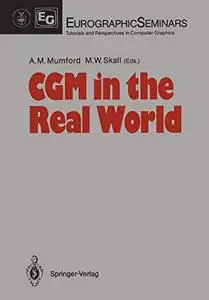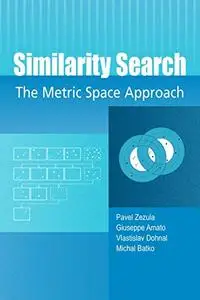CGM in the Real World by Anne Mumford, Mark Skall
English | PDF | 1988 | 282 Pages | ISBN : 3642736319 | 40.4 MB
About two years ago, while attending yet another international standards meeting, a few of the meeting participants were discussing the utility and applicability of the standards we were designing. After all, if standards are not used, and used effectively, why are we spending all this time and money designing them? The ultimate test of the utility of computer standards is the number of implementations that are developed and the number of end-users that successfully use these within their own application. The number of implementations is related to the quality of a standard because vendors cannot produce correct implementations without clear, precise and unambiguous semantics within the standard. The number of users of implementations of the standards is an even greater measure of success of the standard because users will only purchase these implementations if they are useful for their applications. "How could we determine whether or not graphics standards are useful?" we asked ourselves. " Let's ask both implementors and users about the experiences they've had with our standards. Let them tell us about the successes and the problems as well. " Thus, an idea was born - the idea of a series of workshops, each one devoted to the usability of a different computer graphics standard. The only thing left to do in planning this workshop was to choose the appropriate standard to serve as the focus of the first workshop. There were only a few viable candidates.




